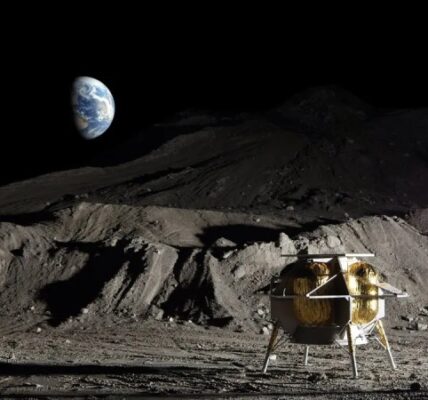Due to delays with its extremely ambitious Artemis programme, which aims to get spaceboots bouncing on the lunar surface for the first time in fifty years, NASA has decided to postpone its ambitions to bring humans to the moon.
The Artemis III mission, which was supposed to deploy four astronauts close to the lunar south pole, has been postponed until September 2026 by a year, according to the US space agency. Additionally, Artemis II, a 10-day mission to test life support systems by sending a crew around the moon and back, will now take place in September 2025 instead of September 2025.
NASA claimed the delays would give its teams more time to address the program’s development issues. The programme uses some mostly untested spacecraft and technologies and collaborates with commercial businesses like Elon Musk’s SpaceX and Lockheed Martin.
NASA administrator Bill Nelson stated, “We are returning to the moon in a way we have never done before, and the safety of our astronauts is NASA’s top priority as we prepare for future Artemis missions.”
Washington intends to build a space station that orbits the moon and a lunar base camp in order to create a permanent human presence beyond Earth’s orbit. Its ultimate goal is to send humans to Mars, but before making the months-long journey to the red planet, it has chosen to return to the moon to gain more knowledge about deep space.
The program’s inaugural mission, Artemis I, was carried out successfully in 2022 when NASA launched the powerful Space Launch System (SLS) rocket from Florida with an unmanned Lockheed-built Orion capsule on a 25-day, 1.3-million-mile trip to and from the moon. It gave NASA crucial information on what needed to be fixed, such as the heat shield, a portion of which broke off.
Additionally, the postponement of the upcoming flights will allow private companies—like Axiom Space, which is creating the spacesuits—to further advance their technological development.
The job assigned to SpaceX is to build a lunar lander that will land on the moon unmanned, meet astronauts in orbit, and then return them to the surface. The biggest and most potent rocket ever created, the Starship system from the business, is still in the early stages of testing. Although SpaceX claims that “failure” is a necessary part of its development process, two flights have successfully launched but exploded at altitude, enabling the for-profit business to take on risks that space agencies of the government want to avoid.
According to Amit Kshatriya, who oversees NASA’s plan for moon and Mars exploration, the updated timeline “acknowledges the very real development challenges that have been experienced by our industry partners.”
The last person to set foot on Earth’s nearest neighbour was Eugene Cernan, who made a visit to the moon in 1972. The goal of the Artemis programme is to be the first woman and person of colour to set foot on the moon.
Former NASA astronaut Jeffrey Alan Hoffman, an MIT professor of aeronautics and astronautics, stated that there were still “a lot of things that have to be done,” therefore the delay was not surprising.
The Starship of Space X will eventually transport the crew to the moon’s surface. Hoffman, a five-time space shuttle astronaut, told the BBC, “I mean, Starship is yet to reach orbit.”
The scientist expressed frustration but did not attribute the delays to anything other than NASA’s current little budget in comparison to the space race of the 1960s and 1970s, during which Washington launched its first and only human colonists to the moon as part of the Apollo mission.
“NASA spent a tonne of money on Apollo. He stated, “NASA doesn’t have quite the same level of resources or people as we did when we had 400,000 people working on the Apollo project. “Crew safety is top priority, so they won’t launch until they’re ready.”















